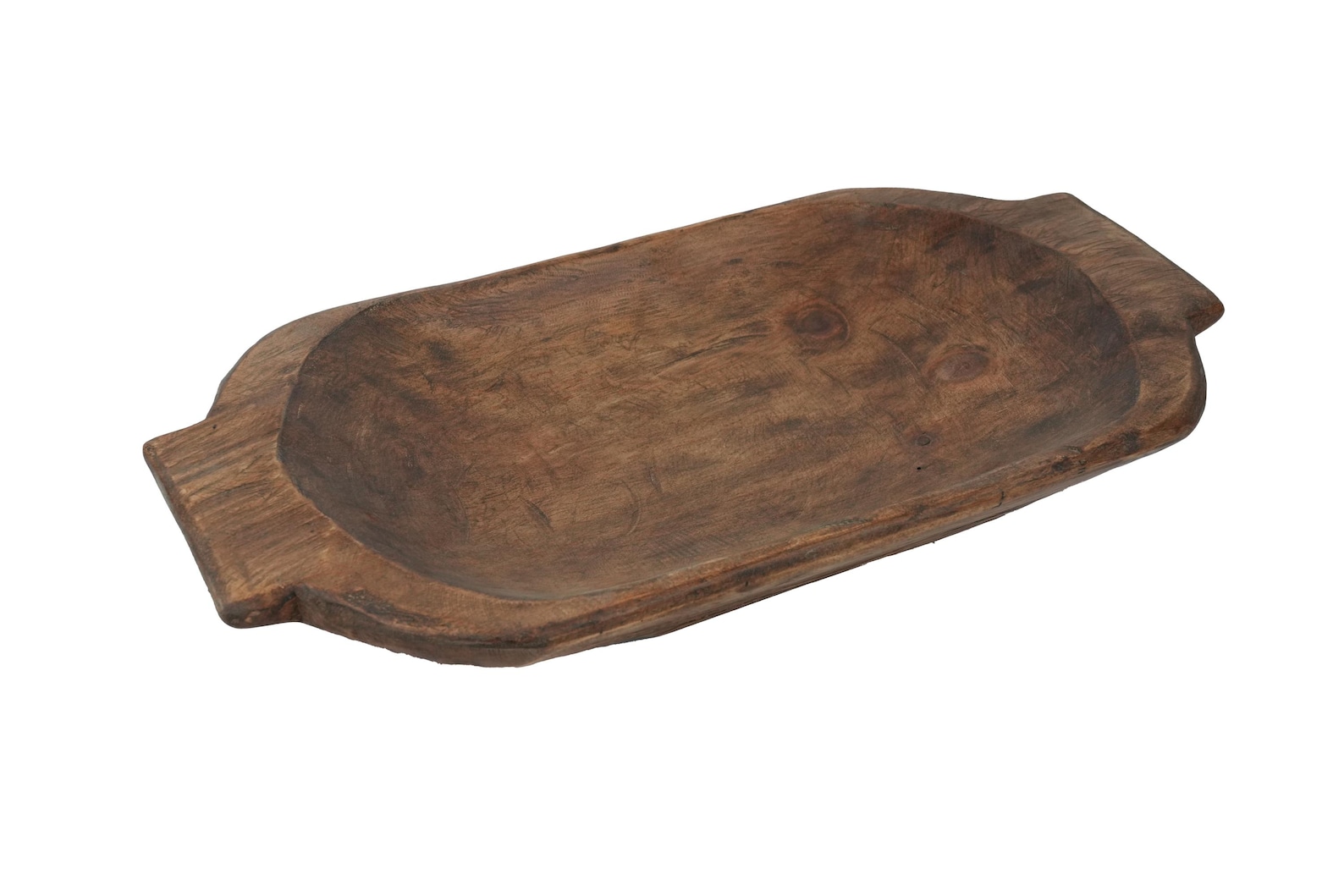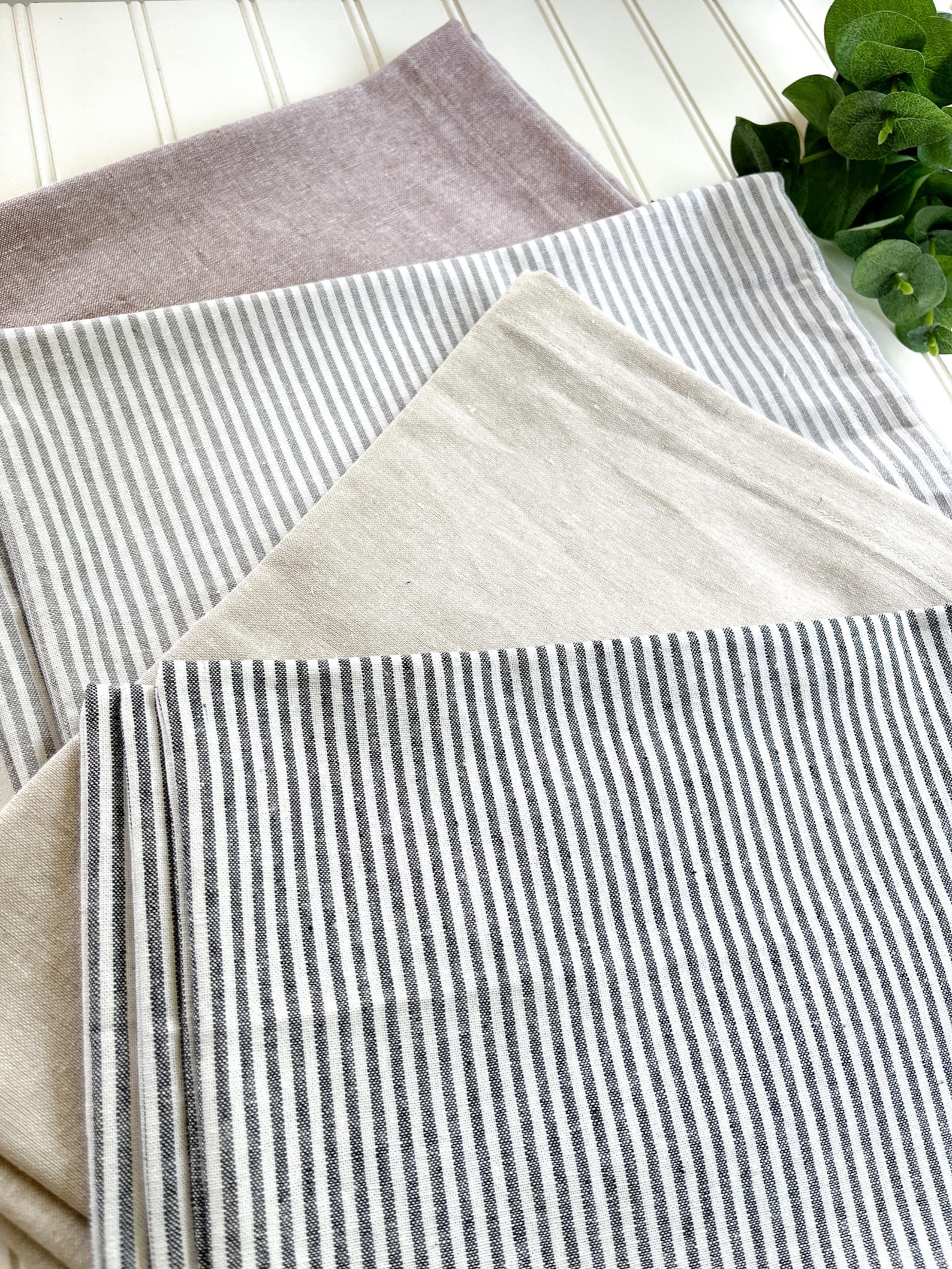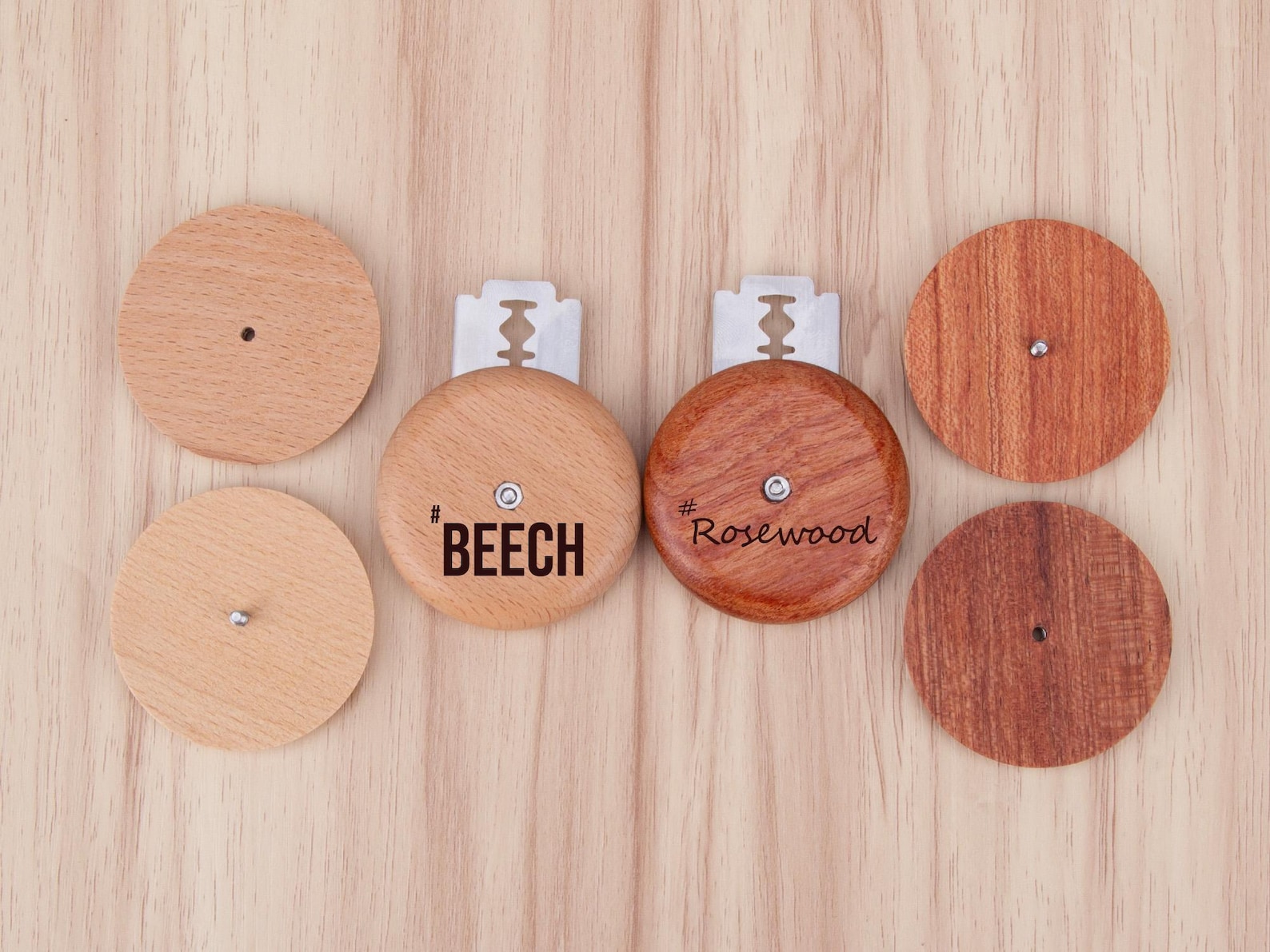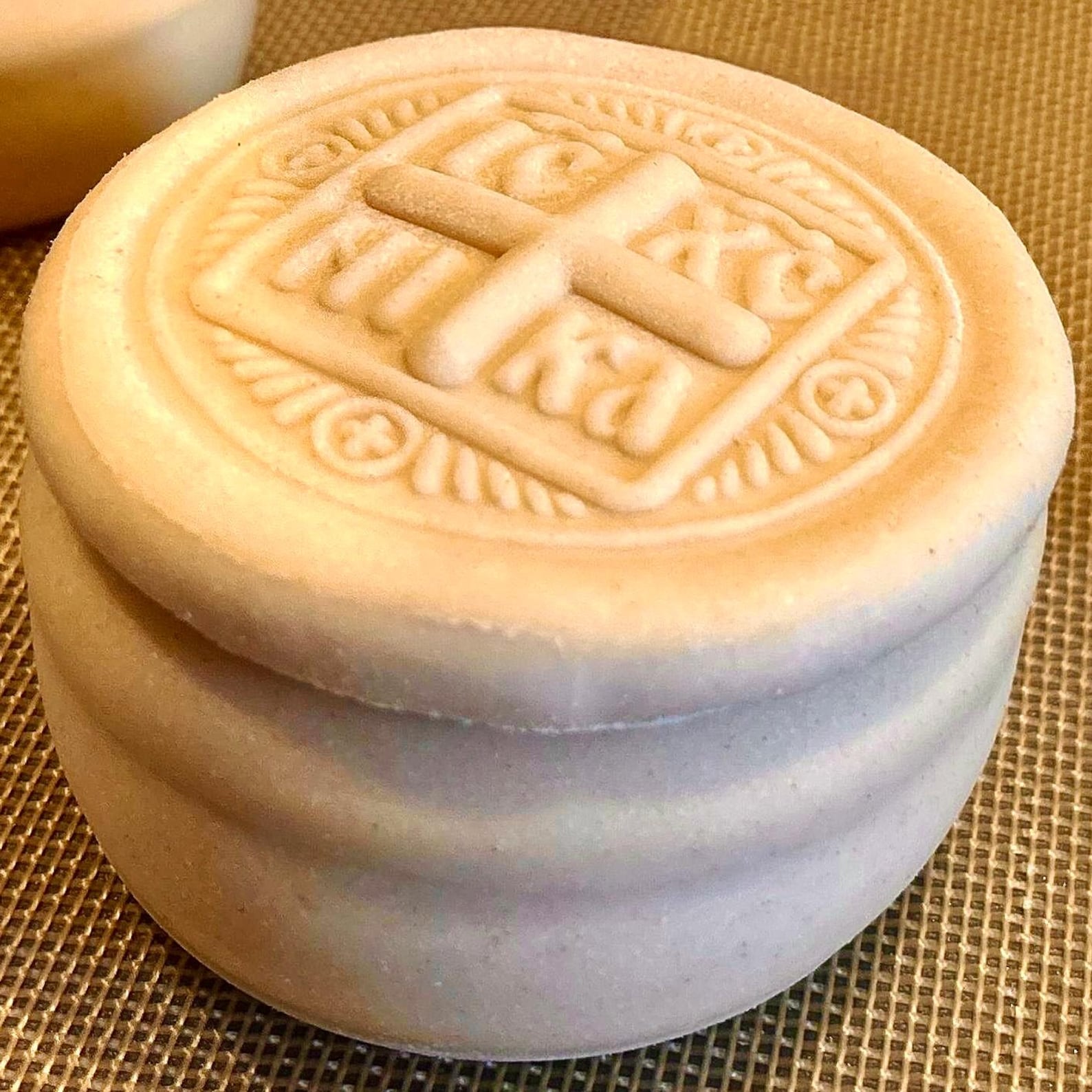
Originally published 3/6/2021 / Updated 10/2/2025
Robert May’s “French Bread” (not a baguette!)
I must smile whenever I reference “bread,” because people love the pastry-vs-bread debate. Here’s my stance in short: all pastries are bread, but not all breads are pastries—the line is mostly about fat and enrichment (and intended use). May’s “French bread” sits right on that line: a white, enriched roll—egg whites and warm milk—baked quickly and served hot. It’s not a Parisian baguette; it’s a 17th-century English cook’s idea of French-style white bread.
What May means by “French bread”
- Source: Robert May, The Accomplisht Cook (1660; 1685 ed.).
- Enrichment: whites of six eggs, warm milk + water, plenty of salt.
- Shape & bake: “rouls” or in little wooden dishes; quick hot oven; “chip it hot.”
- Leavening: ale barm/yeast (commercial yeast works fine; a splash of mild ale is a nod to flavor).
Deep dive on period white breads: see my pillar post White Bread in Early Modern England.
Dietary Notes 🥕
🥕 Vegetarian. Contains dairy and egg (from May’s original).
Dairy-free option: replace milk with warm water (texture less tender).
Egg-free option: omit egg whites (deviates from May; crumb slightly less rich).
Gluten-free: use a GF bread blend + binder; result will differ from period texture.
Cookbook, Context & Menu Placement
- About Robert May: An English professional cook trained in both English and French kitchens; his Accomplisht Cook is a cornerstone of later 17th-century cookery.
- What this bread is for: table bread/rolls to accompany meats and first courses, baked hot and served promptly; the instruction to “chip it hot” hints at trimming crusts for service.
- Humoral theory: Enriched white breads (egg/milk) were generally considered gentler and more suitable for elite digestions than coarse, bran-heavy loaves—though moderation still reigned.
Original Text
To make French Bread the best way.
Take a gallon of fine flour, and a pint of good new ale barm or yeast, and put it to the flour, with the whites of six new laid eggs well beaten in a dish, and mixt with the barm in the middle of the flour, also three spoonfuls of fine salt; then warm some milk and fair water, and put to it, and make it up pretty stiff, being well wrought and worked up, cover it in a boul or tray with a warm cloth till your oven be hot; then make it up either in rouls, or fashion it in little wooden dishes and bake it, being baked in a quick oven, chip it hot.
Modern Recipe: Robert May’s “French Bread” Rolls
| Ingredients | Method |
|---|---|
|
Yield: 12–16 rolls, depending on size. |
Ingredient Notes & Substitutions
- Barm: Commercial yeast is your friend; a splash of mild ale in the sponge gestures toward brewer’s barm.
- Egg whites: They lighten crumb and dry out the crust slightly. Egg-free is possible but moves away from May’s intent.
- Milk: Tenderizes; water works for a sturdier roll.
- Flour: Use unbleached AP or bread flour; sift once to mimic the “fine flour.”
Why “French” Bread in England?
In the 17th century, “French bread” did not mean a baguette—it meant a lighter, whiter, enriched loaf associated with fashionable French kitchens. Robert May trained in both French and English traditions, and his Accomplisht Cook highlights “French” dishes as refined and cosmopolitan. Serving French bread at a Stuart-era table signaled elegance and sophistication.
What does “Chip it Hot” mean?
May instructs that once the bread is baked, you should “chip it hot.” This meant trimming or shaving away crusts while still warm so the rolls looked neat on the serving board. It’s a detail that reflects elite service—bread was expected to appear tidy, uniform, and immediately ready for the table.
Menu Placement & Humoral Theory
Menu: French bread rolls like these would have accompanied the first courses of meats and fish at elite tables, not served as daily loaves. They were fashionable and elite, not common fare.
Humoral thought: White enriched breads were considered lighter and more balanced than darker, bran-heavy loaves. They were thought easier to digest, especially suited for gentle stomachs and refined palates.
Bread-Making Tools & Kitchen Finds
Period-friendly, practical picks to pair with May’s rolls:




More from Give it Forth
- White Bread in Early Modern England – Pillar Post
- Rastons (Harleian MS. 279)
- Dutch “van coeck te backen” bread with barm
- Lady Graie’s Manchet Bread
Sources
- May, Robert. The Accomplisht Cook (1685 ed.). Public domain: Project Gutenberg.
- Lorwin, Madge. Dining with William Shakespeare (1976).
- Context & definitions summarized in my pillar: White Bread in Early Modern England.

No comments:
Post a Comment
Thank you for taking the time to leave a comment on this blog. Please note blatant advertisements will be marked as spam and deleted during the review.
Anonymous posting is discouraged.
Happy Cooking!
Note: Only a member of this blog may post a comment.